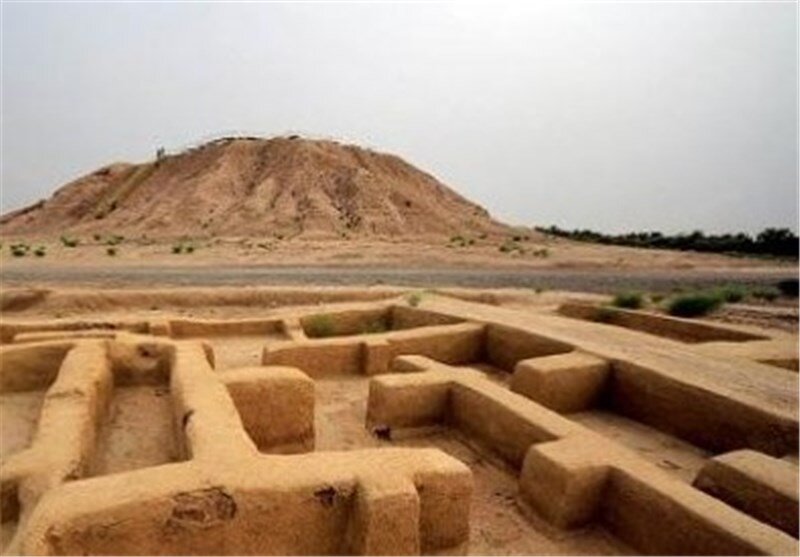New excavation phase to begin at Konar Sandal a BronzeAge site in southern Iran
New excavation phase to begin at Konar Sandal, a Bronze-Age site in southern Iran
TEHRAN - The Kerman province’s Department of Cultural Heritage, Tourism, and Handicrafts has announced the launch of a new phase of archaeological excavations at the ancient site of Konar Sandal, a prominent Bronze-Age settlement located in Iran’s Jiroft region.

Saeid Shahrokhi, director of the department, on Thursday noted that these new efforts will build on previous findings and excavations led by a number of renowned archaeologists such as Seyeed Mansour Seyyed Sajjadi.
The official noted that the new season of archaeological work, expected to commence soon, will involve the cooperation of various scientific and research teams.
“The cultural zone of Halil Rud, centered around Jiroft, has historically held a crucial place in ancient civilization,” Shahrokhi stated, emphasizing the area's significance in understanding the region’s ancient urban development.
Situated in the Jiroft plain of Kerman province, the site consists of two mounds a few kilometers apart, called Konar Sandal A and B with a height of 13 and 21 meters, respectively. At Konar Sandal B, a two-story, windowed citadel with a base of close to 13.5 hectares was found. Tablets with scripts of unknown nature were reportedly discovered at the site.
An initial archaeological dig at the site occurred about twenty years ago, led by Iranian archaeologist Yousef Majidzadeh and a team of international experts. This survey uncovered a Bronze Age settlement nestled in the Halil-Rud Valley.
Nestled among mountains rising around 4,000 meters high on three sides, Jiroft's discoveries are viewed by many Iranian and international experts as evidence of a civilization as significant as Sumer and ancient Mesopotamia.The remarkable Jiroft site's discovery was accidental in the early 21st century when severe floods along the Halil River unearthed numerous previously unknown tombs, revealing artifacts believed to date back to the Early Bronze Age (late 3rd millennium BC).
Reports initially described the sight of "an ancient object floating on the water's surface." Recognizing its value, villagers, impacted by two years of drought, swarmed the riverbanks the following day, searching for 5,000-year-old relics.
Despite its historical significance, geological factors led to the site's oversight by tourists and archaeologists, who were typically more focused on locations like Mesopotamia, situated roughly 1,000 km away.
In 2003, Iran invited Jean Perrot, the renowned French archaeologist who directed excavations in the Shush (or Susa) area from 1969 to 1978 as head of the French National Centre for Scientific Research.
AM
source: tehrantimes.com